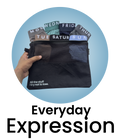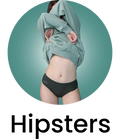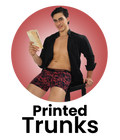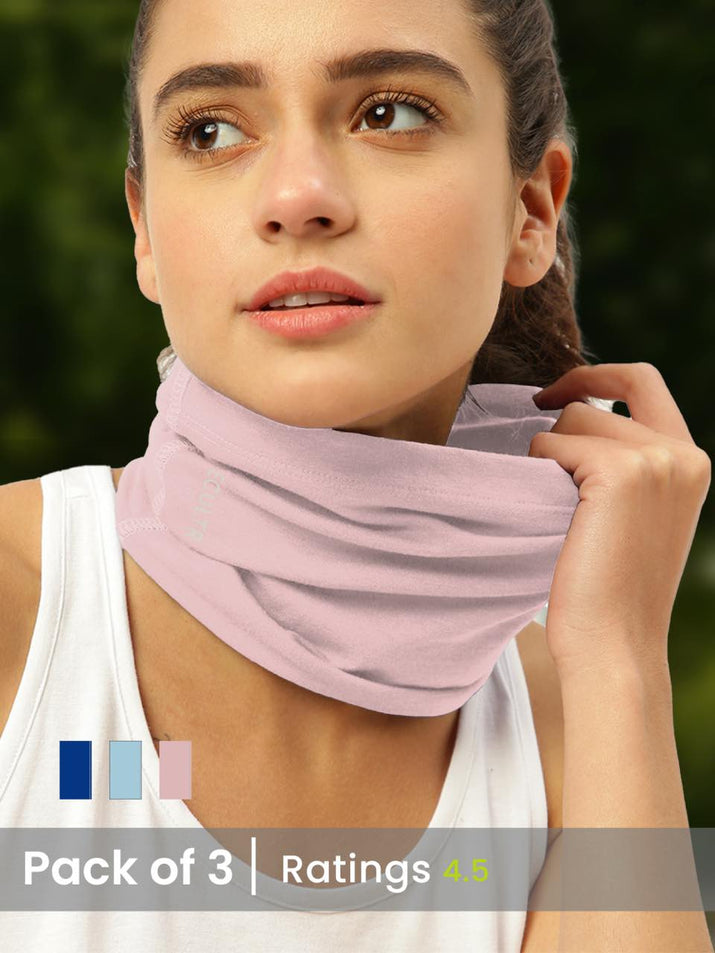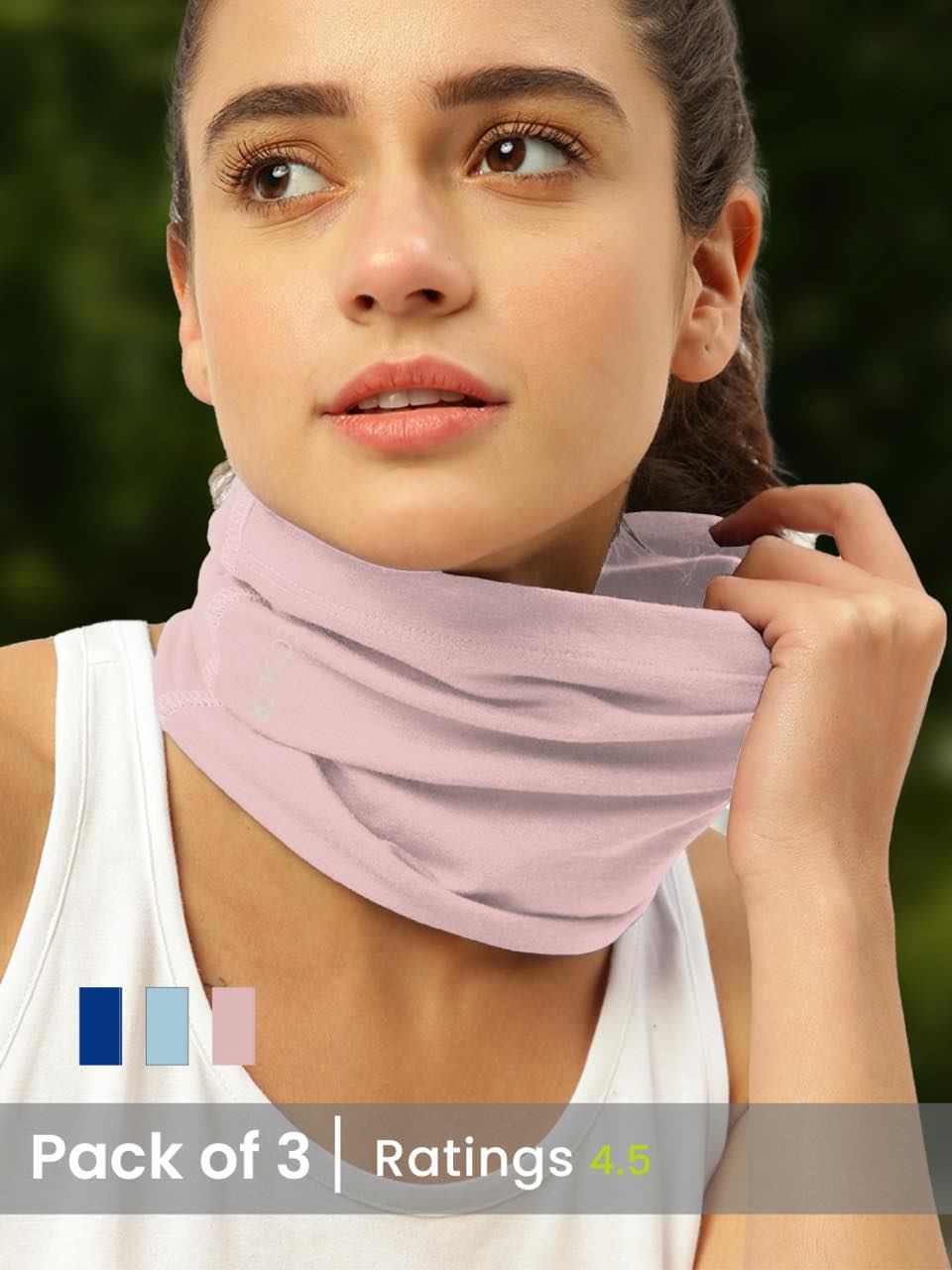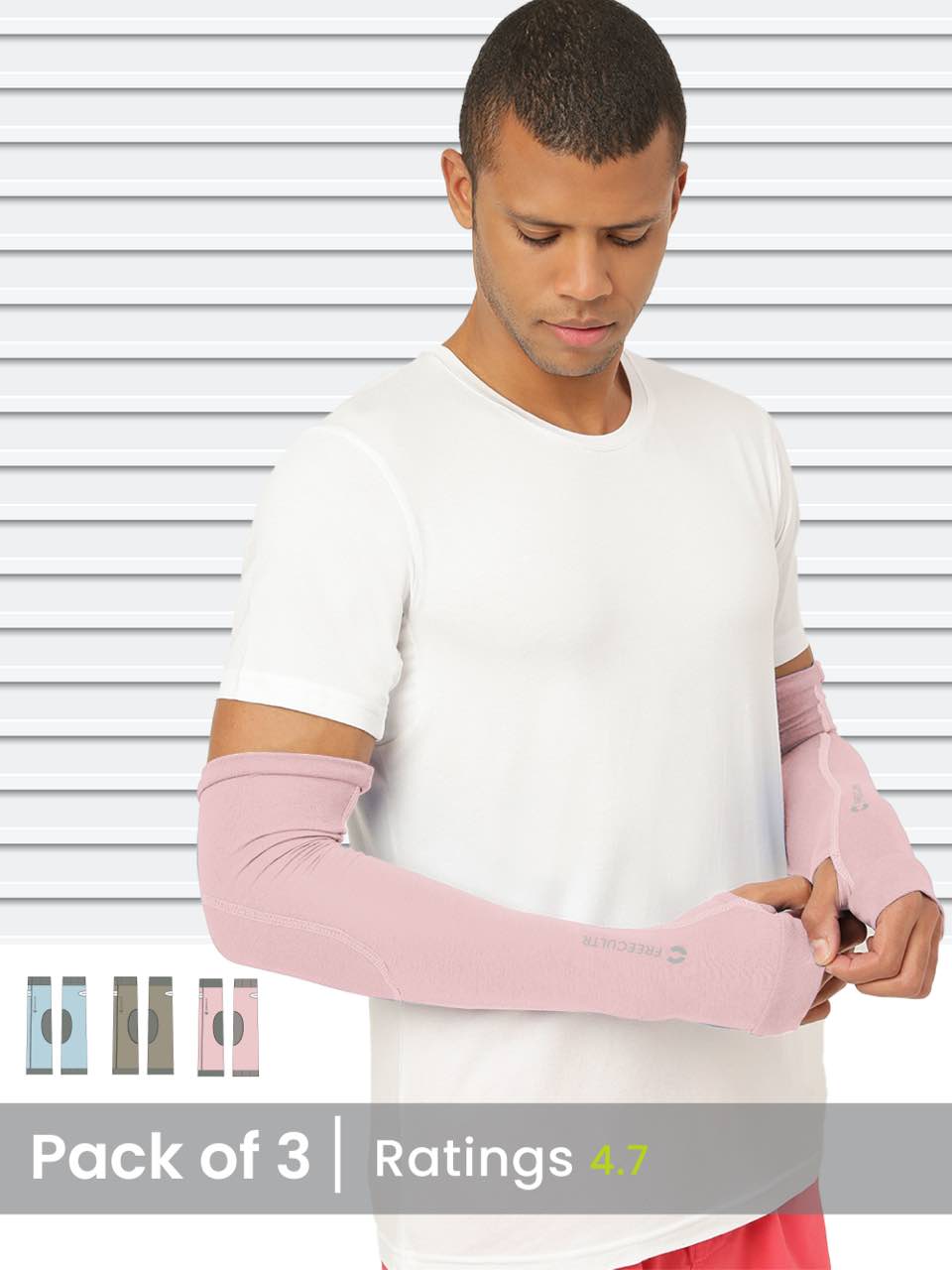The bandana, a deceptively simple square of fabric, embodies a unique duality, functioning simultaneously as a potent fashion accent and an indispensable tool for practical hair control. Beyond its historical roots in workwear and frontier life, where it offered essential protection against dust and sweat, this versatile textile has evolved. Contemporary styling sees the bandana emerge across high-fashion runways and streetwear, often utilized for color blocking, as a necktie, or a head covering for sun protection and managing active hairstyles. Modern iterations explore diverse materials, from breathable organic cotton for athletes to luxurious silk for sophisticated ensembles, solidifying its place as a globally recognized, adaptable accessory that melds utility with personalized expression in today's dynamic sartorial landscape.

The Enduring Legacy of the Bandana
A simple square of fabric, the bandana, holds a surprisingly rich history and a versatile place in both fashion and utility. At its core, a bandana is typically a piece of square or triangular cloth, often patterned, which can be worn around the head, neck, or other parts of the body for decorative or protective purposes. The term itself is believed to originate from the Hindi word ‘bandhana,’ meaning "to tie." Historically, bandanas served primarily practical functions. They were worn by cowboys and railroad workers in the American West to protect against dust and sun. by farmers and laborers to absorb sweat and keep hair out of the way. During World War II, women working in factories often wore bandanas to secure their hair, famously popularized by the "Rosie the Riveter" icon. This rich practical heritage laid the groundwork for the bandana's enduring appeal, transcending its utilitarian roots to become a true cultural icon. Its enduring legacy is a testament to its adaptability and the myriad ways it has been adopted across different eras and demographics.The Bandana as a Fashion Statement
The transformation of the bandana from a purely functional item to a quintessential fashion accessory is a fascinating journey. Its simplicity belies its incredible versatility in styling, making it a beloved piece for fashion enthusiasts across various aesthetics. The bandana offers an accessible way to add a pop of color, texture, or pattern to any ensemble.- Neck Accessory One of the most classic ways to wear a bandana is as a neckerchief. Tied loosely around the neck, it can evoke a Parisian chic vibe, a Western ruggedness, or a casual bohemian flair, depending on the print and how it's styled. A simple knot or a small bow can instantly elevate a plain t-shirt or complement a button-down shirt.
- Headwear As headwear, the bandana is incredibly adaptable. It can be folded into a headband to push back hair, tied as a full head wrap for a retro look, or even woven into braids for an intricate style. For instance, a vintage-inspired bandana tied in a knot at the top of the head can create a playful, nostalgic aesthetic, reminiscent of the 1950s.
- Wrist & Bag Embellishment Beyond the head and neck, a bandana can be tied around the wrist as a bracelet, adding a subtle splash of color. It can also be knotted onto the handle of a handbag or backpack, serving as a charming accent that personalizes an accessory. This is a simple yet effective way to integrate a bandana into your daily style without wearing it directly on your person.
- Hair Tie Alternative For those looking for an alternative to traditional hair ties, a bandana can be folded and used to secure a ponytail or bun, offering a softer, more stylish hold, particularly for a high ponytail or a messy bun.
Practical Applications: Beyond the Aesthetic
While its fashion credentials are undeniable, the bandana’s utility extends far beyond mere aesthetics. Its practical applications are numerous, making it an indispensable item for outdoor enthusiasts, professionals in specific fields. anyone seeking simple solutions for everyday challenges. The inherent simplicity and portability of a bandana contribute significantly to its versatility.- Hair Control and Sweat Absorption This is perhaps one of the most common practical uses. For athletes, gardeners, cooks, or anyone engaging in physical activity, a bandana effectively keeps hair out of the face and absorbs sweat from the forehead, preventing it from dripping into the eyes. This is particularly useful in warm climates or during strenuous activities where comfort and clear vision are paramount.
- Protection from Elements
- Sun Protection Worn over the head or neck, a bandana can provide a degree of protection against harmful UV rays, safeguarding the scalp and skin from sunburn.
- Dust and Wind Shield In dusty environments or during windy conditions, a bandana can be tied over the mouth and nose to filter out airborne particles, offering a basic level of respiratory protection. This is a common practice for motorcyclists, hikers, or individuals in construction zones.
- Cold Weather Layer While not providing significant insulation, a bandana can act as a lightweight neck gaiter or face covering in mildly cold conditions, trapping a thin layer of warm air close to the skin.
- Emergency and Utility Uses In a pinch, a bandana can serve several critical functions:
- Makeshift First Aid It can be folded into a pressure bandage for minor cuts, used as a sling for an injured arm, or even as a tourniquet (use with extreme caution and only if properly trained).
- Signal Flag Brightly colored bandanas can be waved as a distress signal in emergencies.
- Water Filter In survival situations, a bandana can be used to pre-filter turbid water by removing larger sediment before further purification methods are applied.
- Pot Holder/Hot Pad When camping or cooking outdoors, a folded bandana can protect hands from hot pots or pans.
Choosing and Caring for Your Bandana
Selecting the right bandana and ensuring its longevity through proper care are key to maximizing its potential, both as a fashion accessory and a practical tool. The choice of material significantly impacts the bandana's feel, drape. suitability for various uses.| Material Type | Characteristics | Best Use Cases |
|---|---|---|
| Cotton | Most common; soft, breathable, absorbent, durable, easy to wash. Prone to wrinkling. | Everyday wear, sweat absorption, practical uses (e. g. , dust mask, makeshift bandage), classic aesthetic. |
| Silk | Luxurious feel, smooth, shiny, gentle on hair and skin, less absorbent. Requires delicate care. | Fashion accent (neck ties, hair wraps), preventing hair damage/frizz, elevated style. |
| Polyester/Synthetic Blends | Durable, quick-drying, often wrinkle-resistant, can offer UV protection. Less breathable than cotton. | Athletic activities, outdoor adventures, situations requiring quick drying or enhanced durability. |
| Linen | Breathable, absorbent, develops a unique softness over time, natural texture. Wrinkles easily. | Casual fashion, warm weather wear, rustic or natural aesthetic. |
Most cotton bandanas are machine washable with similar colors. Using cold water helps preserve vibrant colors. Air drying or tumble drying on low heat is recommended to prevent shrinkage and maintain fabric integrity. For silk bandanas, hand washing with a gentle detergent in cool water is often advised, followed by air drying away from direct sunlight. Synthetic bandanas usually tolerate machine washing and can be air-dried or tumble-dried on low, similar to cotton.
Proper care ensures your bandana remains a versatile and long-lasting addition to your wardrobe and utility kit. A well-maintained bandana not only looks better but also performs its practical functions more effectively.
Styling Techniques and Tips for Your Bandana
Mastering a few key styling techniques can unlock the full potential of your bandana, allowing you to effortlessly integrate it into various outfits and for different purposes. The beauty of the bandana lies in its adaptability, enabling endless creative expressions.- The Classic Headband Fold
- Lay the bandana flat and fold it diagonally to form a triangle.
- Starting from the longest side, fold or roll the triangle repeatedly until it forms a narrow strip (about 1-2 inches wide).
- Place the center of the strip against your forehead, just above the hairline, bringing the ends around the back of your head.
- Tie the ends in a double knot beneath your hair, or at the top for a retro bow look. This is excellent for keeping hair out of your face and absorbing sweat.
- The Neckerchief Knot
- Fold the bandana into a triangle.
- Roll the triangle from the pointed end towards the longest side until it forms a loose, wide strip.
- Wrap the strip around your neck, allowing the ends to hang down evenly in front.
- Tie a simple knot, or a square knot, keeping it loose for comfort. This adds a sophisticated or casual accent to shirts and sweaters.
- The Wrist Wrap
- Fold the bandana into a thin strip, similar to the headband fold.
- Wrap it around your wrist multiple times, ensuring a snug but comfortable fit.
- Tie the ends in a secure knot, allowing any excess to hang freely or tucking it in. This is a subtle way to add color or pattern.
- The Ponytail or Bun Wrap
- Gather your hair into a ponytail or bun.
- Fold the bandana into a strip.
- Wrap the strip around the base of the ponytail or bun, securing it with a knot. For a more dramatic look, let the ends trail down the length of your hair. This adds volume and flair to simple hairstyles.
- Color Coordination Choose a bandana with colors that complement or contrast with your outfit. A brightly colored bandana can add a vibrant pop to a neutral ensemble, while a more subdued pattern can tie together an outfit with multiple colors.
- Pattern Play Don't shy away from mixing patterns. A paisley bandana can look striking with a striped shirt if the colors are harmonious. The key is balance and intentionality.
- Consider the Occasion A silk bandana tied elegantly around the neck is perfect for a business casual setting, while a cotton bandana wrapped around the head is ideal for a casual day out or a workout.
- Hair Type and Length For longer hair, a bandana can be used to create elaborate wraps or woven into braids. For shorter hair, it works beautifully as a simple headband or neck accent. Experiment with different folds and ties to find what works best for your hair texture and length.
Conclusion
The bandana, far more than a simple square of fabric, truly stands as a testament to versatile style and practical utility. From taming a wild mane on a windy day, as I often find myself doing before a quick grocery run, to adding a pop of color to an otherwise monochromatic outfit, its adaptability is unmatched. Consider the current trend of using them as chic neckerchiefs, transforming a basic tee into a high-fashion statement, or even tying one onto a handbag handle for an instant upgrade – these are just a few ways this humble accessory is reimagining modern style, moving beyond its traditional biker roots. Now, it's your turn to unleash its potential. Don't just admire; experiment. Try a classic headband, a bohemian wrist wrap, or even an unexpectedly elegant ponytail accent. My personal tip? Keep a vibrant bandana in your bag for those 'bad hair days' or when your outfit needs an immediate dash of personality. It's a low-commitment, high-impact accessory waiting to elevate your everyday look and confidently express your unique flair.More Articles
Bandana for Men – Versatile Style & Practical ProtectionTees – Soft Fabric & Effortless Style
Sling Bag – Easy Access & Sleek Design
Men's Tank Top – Athletic Freedom & Casual Cool
FAQs
What makes a bandana so popular for both looks and practicality?
Bandanas are super versatile! They add a pop of color or pattern to any outfit, acting as a stylish accessory. At the same time, they're fantastic for keeping hair out of your face, absorbing sweat, or even offering a bit of sun protection, making them a practical everyday item.
How can I style a bandana to really elevate my outfit?
There are tons of ways! You can tie it around your neck like a chic scarf, wrap it around your wrist for a subtle accent, use it as a headband or hair tie, or even knot it onto your handbag strap for an extra touch of flair. Don't be afraid to experiment!
Are bandanas actually good for controlling unruly hair or just for looks?
Definitely both! They're excellent for taming flyaways, holding back bangs, or keeping longer hair secure during activities. They can also protect your hair from frizz or sun exposure, making them a practical choice for hair management, not just a fashion statement.
What materials are bandanas usually made from. are they comfortable to wear all day?
Most bandanas are made from 100% cotton, which is breathable, soft. absorbent, making them very comfortable for extended wear. You might also find some in silk or synthetic blends, offering different textures and looks. cotton is the classic for comfort.
How should I wash my bandana to keep it looking great?
For most cotton bandanas, a simple machine wash with similar colors in cool water is perfect. You can tumble dry on low or air dry to prevent shrinking and maintain the fabric's integrity. If it's a special material like silk, always check the care label first.
Besides hair and fashion, do bandanas have any other cool uses?
Absolutely! Beyond personal styling, bandanas can serve as improvised face coverings, small hand towels, makeshift pot holders, or even as a simple sling in a pinch. Their simple square shape makes them surprisingly adaptable for various unexpected situations.
How do I choose the right bandana pattern or color for my style?
It really depends on your personal taste and what you want to pair it with. Consider colors that complement your wardrobe or patterns that add a fun contrast. Classic paisley is always in. solid colors, polka dots, or geometric designs can also be fantastic options. Pick something that makes you feel good!

